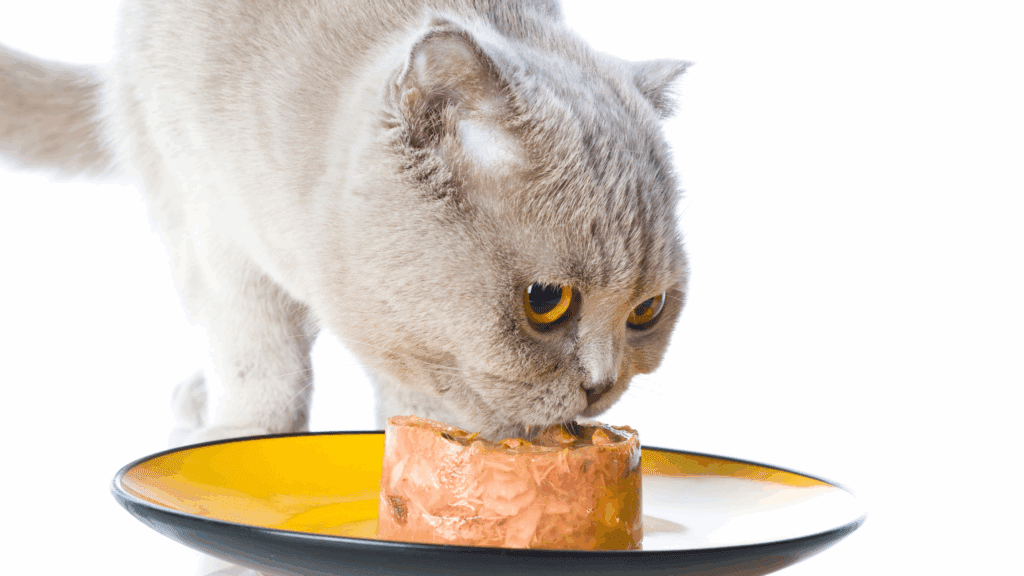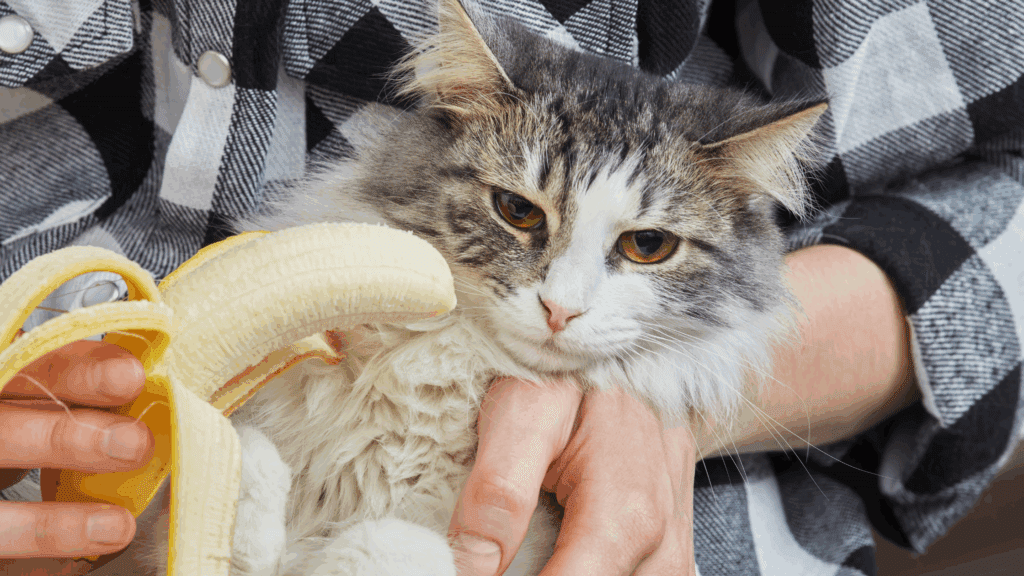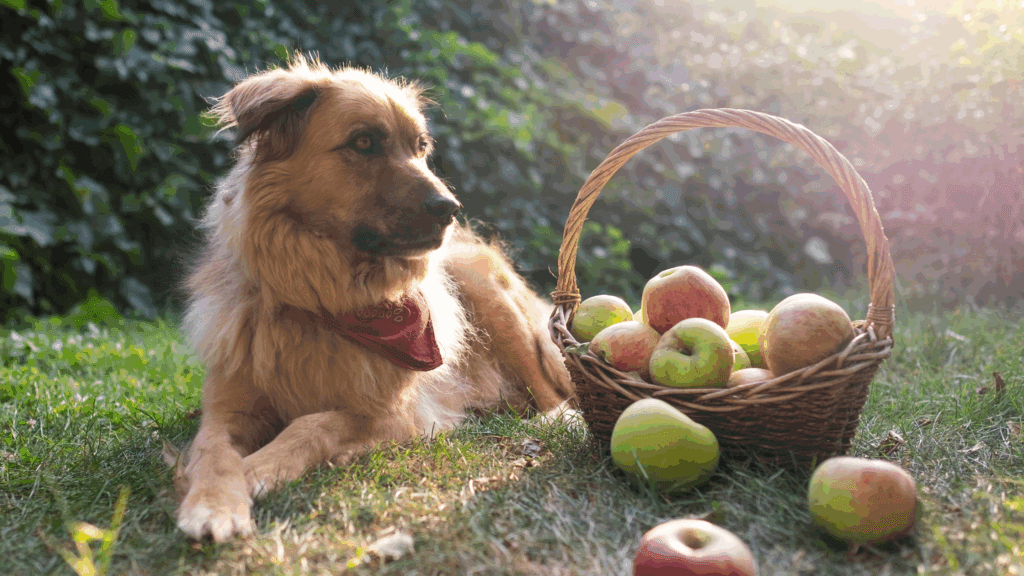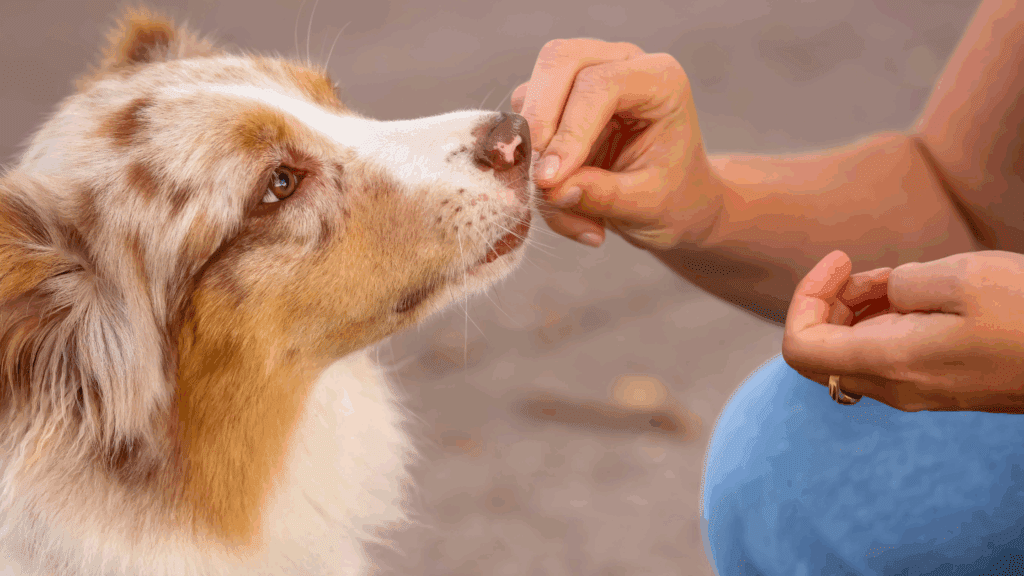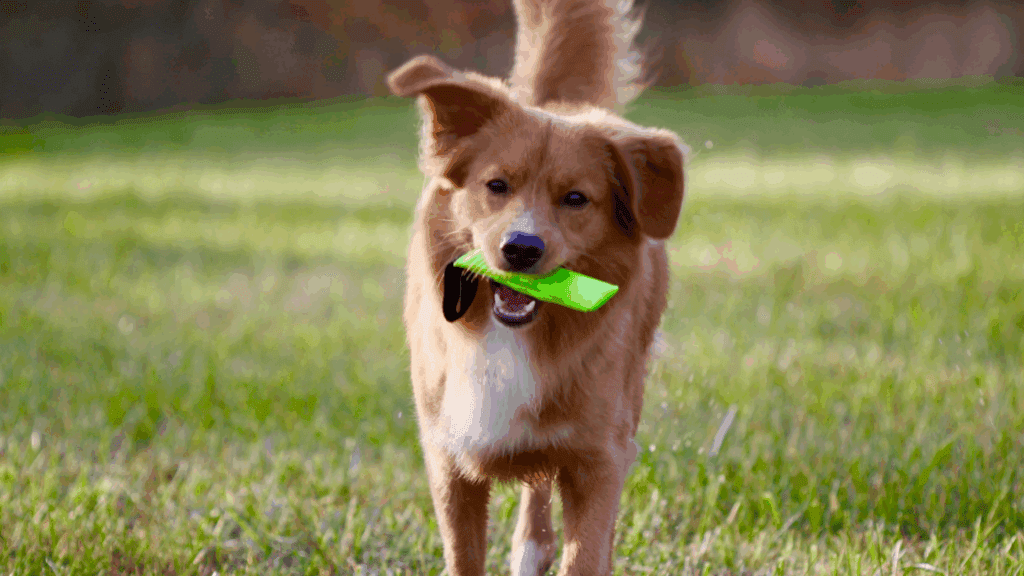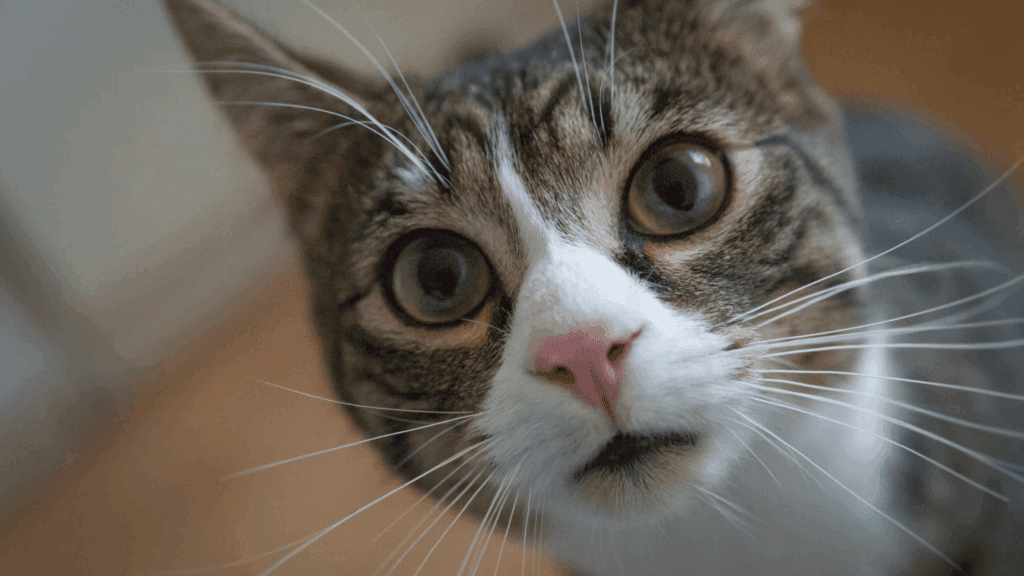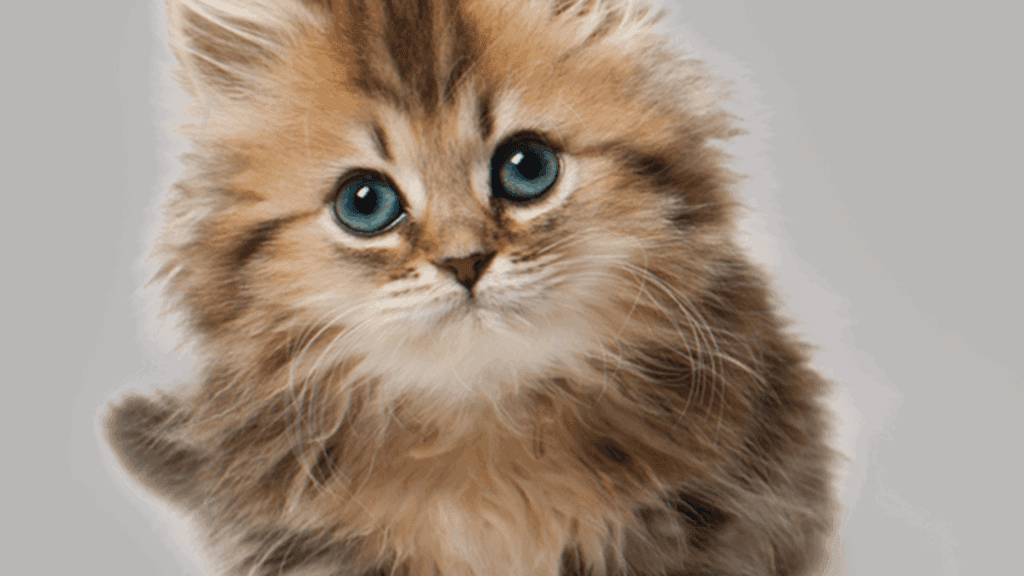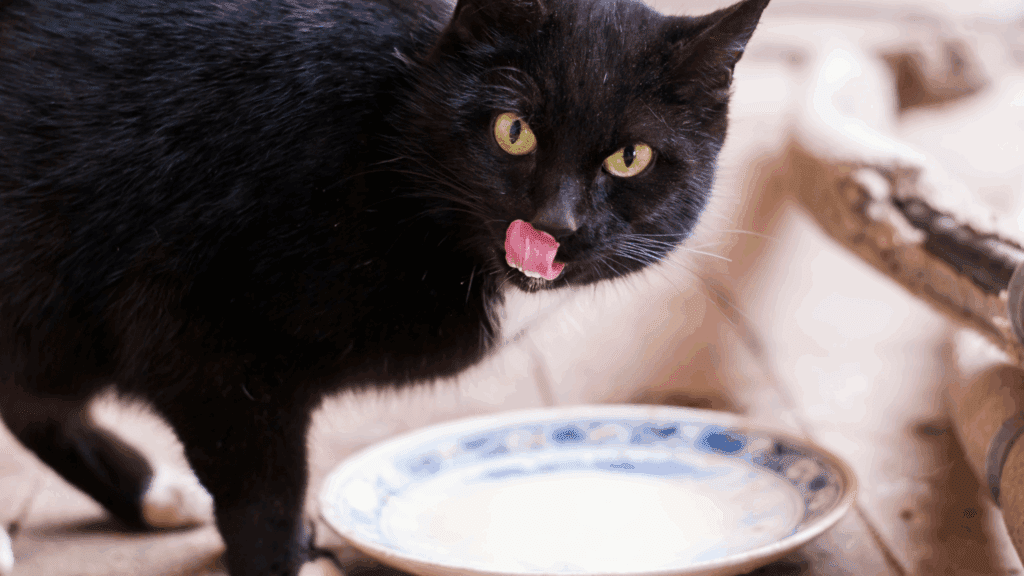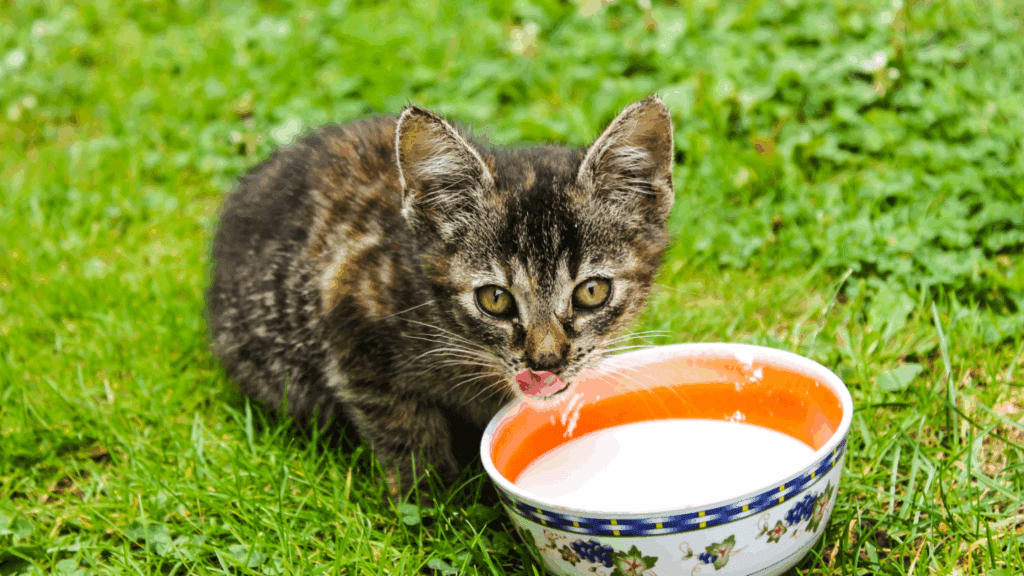Can Cats Eat Strawberries Safely? Vet-Approved Guide
Yes — short answer: can cats eat strawberries? — they can, but only in very small amounts, prepared properly, and as an occasional treat. Strawberries are mostly water (about 91% water) and low in calories (roughly 32 kcal per 100 g), which is why some people consider them a light snack for pets as well as humans.
Important stat: experts recommend keeping fruit to a small fraction of a cat’s diet — in general, treats and non-essential extras should make up no more than about 10% of a cat’s total caloric intake. That helps prevent weight gain and metabolic issues.
In this long, friendly guide I’ll walk you through what strawberries do (and don’t) do for your cat, how to prepare them safely, risks to watch for, and practical feeding tips that make sense for busy pet parents.
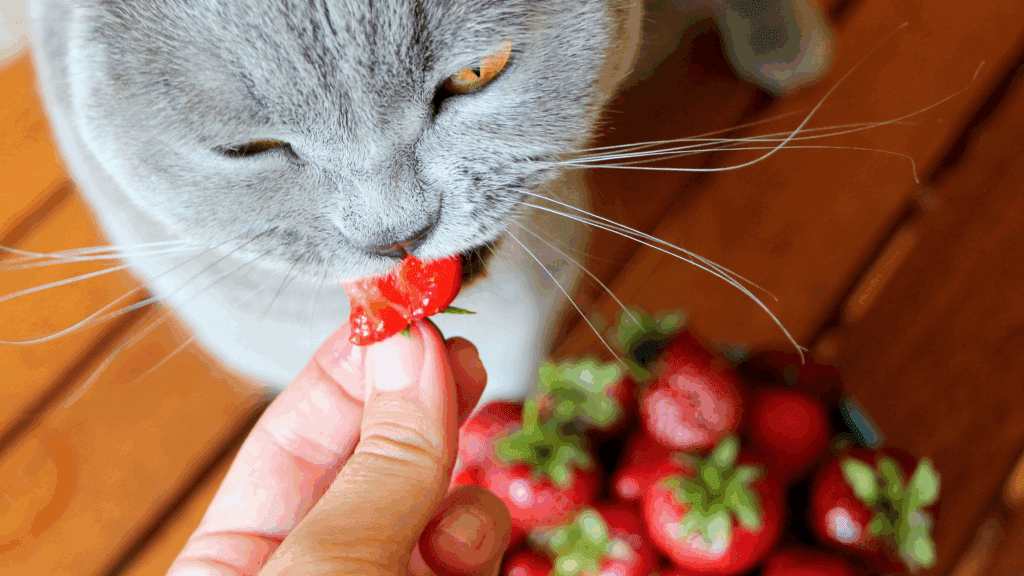
Can cats eat strawberries — quick answer
- Short answer: Yes, in moderation. Fresh, plain strawberries are non-toxic to cats and are not listed as poisonous by major pet poison control organizations. That said, “non-toxic” ≠ “recommended as part of their diet.” Always treat fruit as an occasional treat.
What “non-toxic” really means for cats
When an organization lists a plant or food as “non-toxic,” it simply means that the item doesn’t contain known toxins that will cause immediate poisoning. It does not mean it’s an ideal food for your cat. Cats are obligate carnivores — their bodies are optimized for meat, not fruit. Overfeeding fruit can cause stomach upset, weight gain, or blood sugar changes.
Why cats might be curious about fruit
Cats are curious by nature. A bright red strawberry, sweet aroma, or the crinkly sound of a snack bag may draw their attention. Plus, some cats explore new textures with their mouths. But remember: curiosity ≠ need.
Cats and taste: sweet receptors vs meat taste
Cats have fewer sweet taste receptors than humans, so most of them aren’t strongly motivated by sweetness. That’s why many cats nibble fruit more out of curiosity or for the texture than because it tastes “sweet” to them.
Nutritional snapshot: what’s in a strawberry?
Strawberries bring a few nutrients that humans love — vitamin C, antioxidants, fiber, and water — but most of these are not essential to a cat’s meat-based diet. Still, understanding the makeup helps you decide whether to offer a tiny taste.
Strawberry nutrition (typical values)
| Nutrient (raw) | Per 100 g | Per 1 cup (sliced, ~168 g) |
| Calories | 32 kcal. | ~53 kcal. |
| Water | ~91% of weight. | n/a |
| Carbohydrates | ~7.7 g. | ~13 g. |
| Sugars | ~4.9 g. | ~8 g. |
| Fiber | ~2 g. | ~3 g. |
| Vitamin C | ~59 mg/100 g (varies) — 1 cup can have ~108 mg. |
Health benefits of strawberries for cats (limited)
- Hydration: Because strawberries are high in water, a small piece can help hydrate.
- Antioxidants: They contain antioxidants (like anthocyanins) that fight oxidative stress — though the clinical benefit for cats is unproven.
- Low calorie: Compared to many human snacks, a tiny strawberry is low-calorie — but remember portion control.
Overall: benefits are mild, and cats don’t need fruit. These points are more “nice to know” than reasons to add strawberries regularly.
You May Also Like : Can Cats Eat Bananas?
Risks and hazards of feeding strawberries
- Sugar and carbs: Cats metabolize sugars differently than humans; too much can worsen weight problems or blood-sugar issues. Avoid for diabetic cats.
- Gastrointestinal upset: Sudden changes or too much fruit can cause vomiting or diarrhea. Start with a tiny taste if you must.
- Pesticide residues: Non-organic strawberries can carry pesticides — wash them thoroughly. Pesticides are more dangerous to pets than the fruit itself.
- Choking hazard: Whole fruit—even strawberries—can be a choking risk for small kittens; cut into tiny pieces.
Pesticides, mold, and food prep concerns
Always rinse and inspect fruit. Discard strawberries with mold or fermentation — the latter can produce alcohol which is toxic to pets.
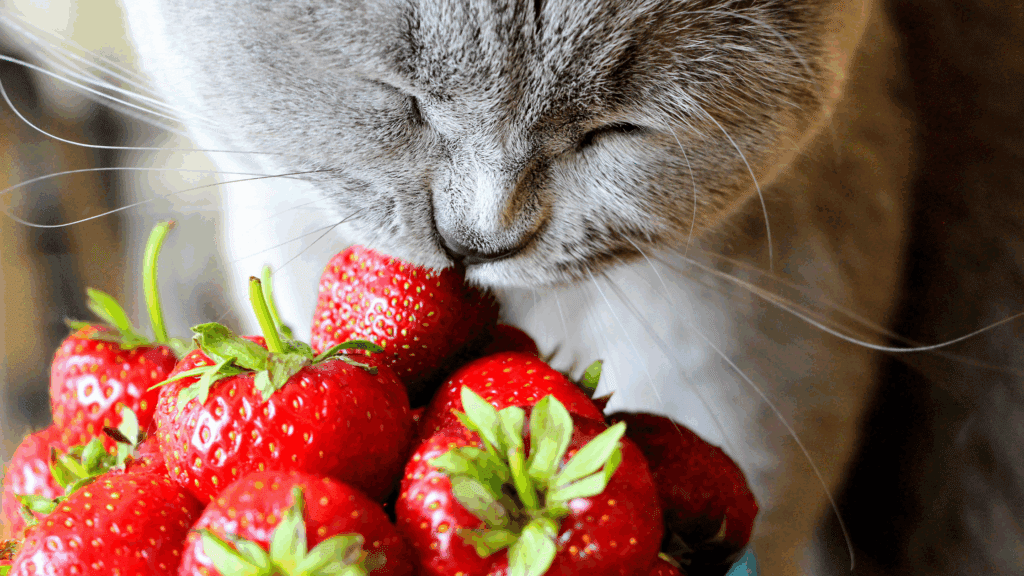
How to prepare strawberries safely for your cat
- Wash well under running water to remove dirt and residues.
- Remove the green cap (calyx) — while non-toxic, it may irritate stomachs or be harder to chew.
- Slice into pea-sized pieces for small cats or kittens to avoid choking.
- Serve plain — no sugar, whipped cream, chocolate, or baking spices. Those extras can be toxic or unhealthy.
- Observe for 24 hours after first feeding for any signs of distress.
Quick checklist: Washed ✔ Hull removed ✔ Cut small ✔ No sweeteners ✔ Served rarely.
Safe fruits vs fruits to avoid (quick glance)
| Safe (in moderation) | Avoid / Toxic |
| Strawberries (fresh, plain). | Grapes & raisins (toxic). |
| Blueberries (small, antioxidant-rich). | Citrus (can upset stomach). |
| Seedless watermelon (small amounts). | Avocado (persin risks for certain species). |
| Banana (small piece, high sugar). | Fruit with pits (cherries, peaches) — choking/toxic pits. |
Note: Always prioritize veterinary guidance for your cat’s unique needs.
Portion guide — how much and how often?
Think of strawberries as training treats or enrichment — not food.
- Adult cat (healthy): a bite or two (half of a small strawberry) once or twice per week at most.
- Kitten (<6 months): avoid unless vet says OK; if offered, the smallest taste only.
- Senior or overweight cat: avoid fruits due to sugar; consult vet.
- Diabetic cat: do not feed fruit unless supervised by your vet.
Quick feeding guide (serving sizes & frequency)
| Cat Type | Serving Size | Frequency |
| Kitten | Tiny taste (pea-size) | Rarely / only with vet OK |
| Healthy adult | 1–2 small slices | Once a week or less |
| Senior / overweight | Avoid or consult vet | N/A |
| Diabetic | Do not feed | N/A |
| Training treat | Small slice | Use as alternative to caloric treats; account in daily calories |
Remember: treats should comprise <10% of daily calories. Count that strawberry slice in the tally.
Special situations: kittens, diabetic cats, allergic cats
- Kittens: Their digestive systems are sensitive — avoid non-formula human foods until older. If you want to introduce a treat, consult your vet.
- Diabetic cats: Fruit can spike blood sugar, avoid.
- Allergic reactions: Rare, but monitor for facial swelling, hives, persistent vomiting, diarrhea, or breathing difficulty. Seek veterinary care immediately for severe signs.
Signs of allergy or intolerance
- Immediate vomiting or repeated gagging.
- Diarrhea lasting more than 24 hours.
- Lethargy, drooling, or sudden behavioral changes.
If you suspect an allergy, stop the food and call your vet.
Alternative healthy treats for cats (low-sugar)
If you’re looking for safe, tasty treats with lower sugar than fruit, try:
- Small pieces of plain cooked chicken or turkey (no bones, no seasoning).
- Cooked fish (occasional, de-boned).
- Commercial low-calorie cat treats formulated for feline nutrition.
- Green beans or zucchini (small, cooked) — the VCA lists these as generally safe options.
These provide protein and are more aligned with a cat’s natural dietary needs.
When to call the vet: red flags after feeding fruit
Call your vet or poison control if your cat shows any of the following after eating strawberries (or anything unusual):
- Repeated vomiting or diarrhea for more than one episode.
- Signs of an allergic reaction: swelling, hives, facial swelling, breathing difficulty.
- Lethargy, weakness, or collapse.
- Sudden changes in urination or drinking (could indicate metabolic effects).
If you’re unsure, a quick call helps — it’s better to be safe.
Practical tips: training, enrichment, and moderation
- Use tiny strawberry pieces as a novelty, not a training staple. Mix protein-based treats as the main training reward.
- For enrichment, try hiding tiny safe treats in puzzle feeders rather than offering sweets.
- Always introduce new foods slowly and watch behavior for 24 hours.
- Keep a record of any treats given to manage calories and avoid accidental overfeeding.
Conclusion
So, can cats eat strawberries? The honest, expert-friendly answer: Yes — but only as a tiny, occasional treat and only when prepared safely. Strawberries are non-toxic and can offer a splash of hydration and minor nutrients, but cats derive their essential nutrition from animal-based proteins. Keep fruit to the margins of the diet, watch for GI upset or allergy signs, and always consult your veterinarian about special situations like kittens, seniors, or diabetic cats. When in doubt, choose protein-rich, veterinarian-approved treats instead of fruit.
FAQs
1. How soon after my cat eats a strawberry should I be worried?
If it’s just a small piece, most cats show no signs. Watch for vomiting or diarrhea within 24 hours. If severe symptoms (breathing issues, swelling) appear, seek immediate care.
2. Can cats eat frozen strawberries?
Tiny frozen bits may be a fun texture for some cats, but they could be hard and pose a choking risk — thaw and cut small to be safe.
3. Are strawberry leaves (the green part) harmful?
The leaves aren’t listed as toxic, but they can be tough and cause minor stomach upset or be a choking hazard; remove them.
4. Can I use strawberries to get my picky cat to take medicine?
It’s not ideal—sugary fruit can interfere with meds and some medicines shouldn’t be mixed with food. Use vet-recommended pill pockets instead.
5. Are strawberry jams, syrups, or baked goods safe?
No. Added sugar, syrups, or chocolate in human foods can be harmful. Always avoid processed fruit products.



